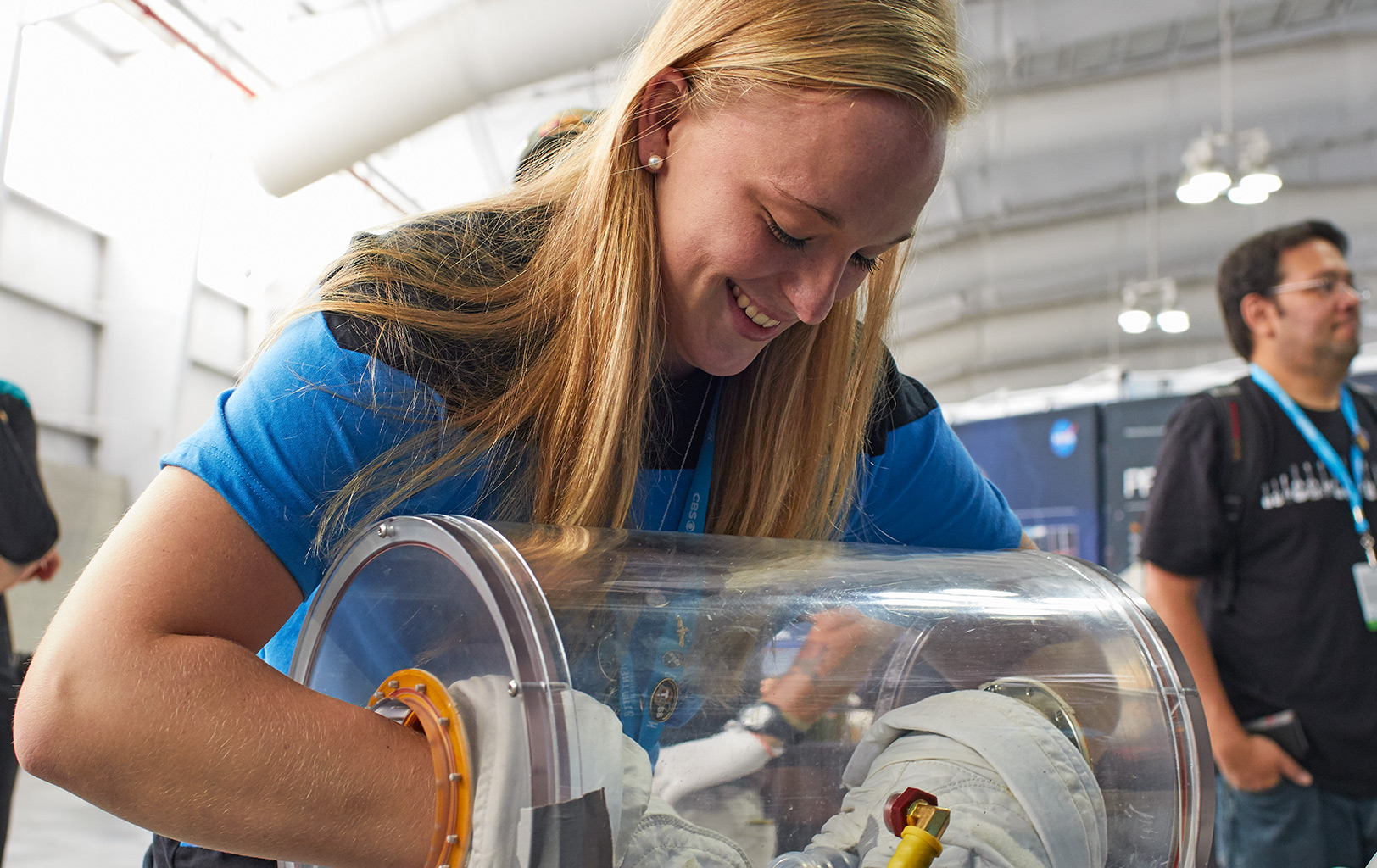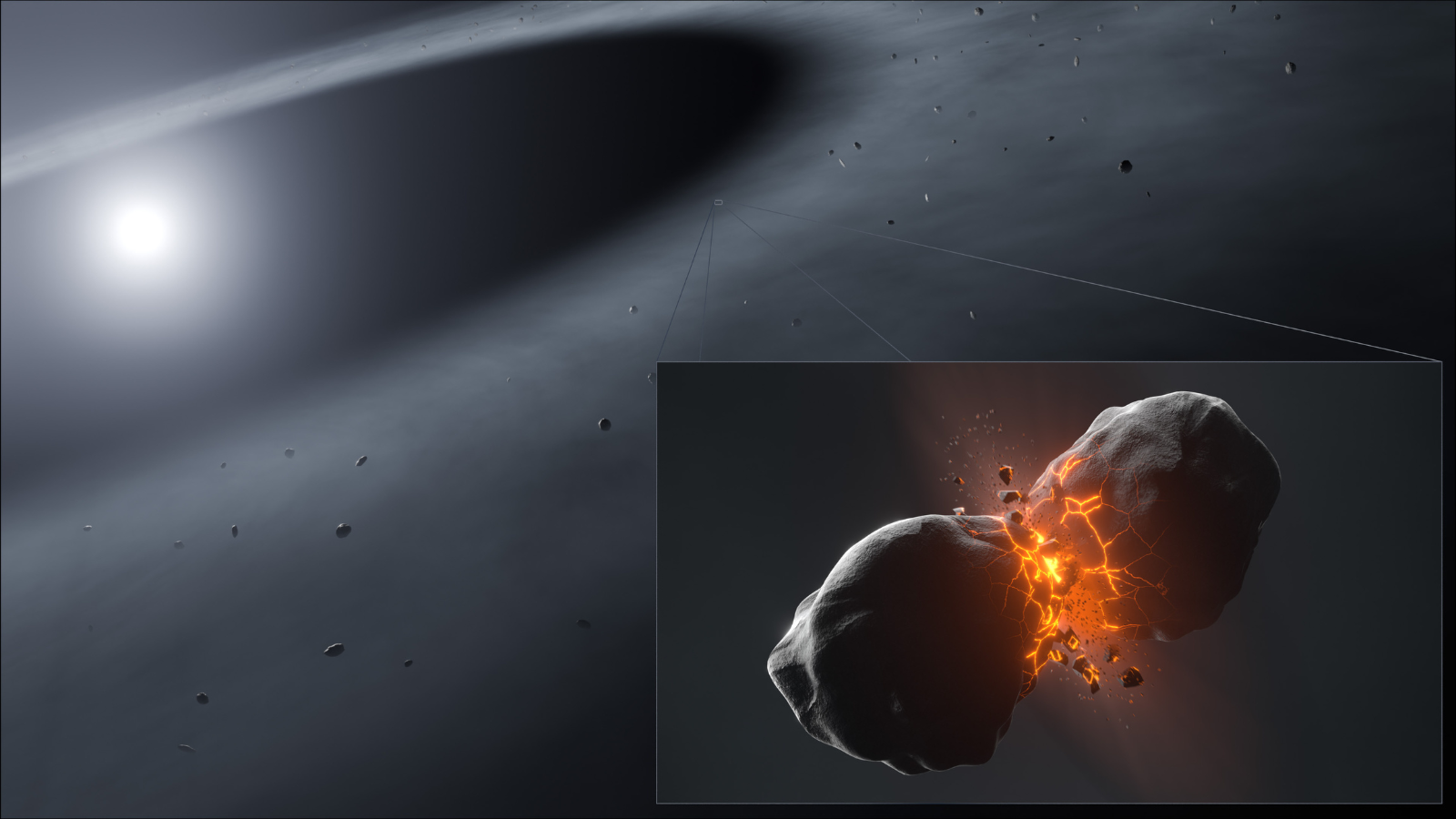You can design the wheels for NASA's next moon vehicle with the 'Rock and Roll Challenge
The space agency is inviting the public to design next-generation, moon-ready tires for future space missions.

NASA is calling on the public to help shape the future of lunar exploration by designing the next generation of wheels capable of navigating the moon’s harsh terrain.
Through a new crowdsourcing initiative called the Rock and Roll Challenge, NASA is inviting engineers and innovators from around the world to develop a lightweight, flexible and long-lasting wheel and tire system capable of withstanding the rugged lunar landscape that's marked by extreme temperatures, craters, boulders, steep inclines and ultra-fine, abrasive dust known as regolith. Participants will compete for up to $150,000 in prizes, awarded to the most promising and innovative wheel designs that meet NASA's technical and performance criteria, according to a statement from HeroX, which is hosting the competition.
As NASA sets its sights on long-duration Artemis missions and a sustained human presence on the moon, the need for reliable mobility systems is more critical than ever. Given the harsh lunar environment poses significant risk to traditional tires, NASA's challenge seeks innovative materials and mechanical designs that go beyond the limitations of current rover wheels to support sustained surface operations and reliably transport payloads across the moon's challenging surface.
"Rigid wheels work for slow, careful driving, but they struggle at higher speeds to absorb impacts as obstacles are traversed," according to the challenge page on HeroX. "NASA is looking for novel wheel concepts that combine low mass, compliance (shock absorption), and long life in the harsh lunar environment."
Beginning this fall, participants will have the opportunity to submit detailed concepts for wheel-tire assemblies that meet strict performance criteria. Entries must prioritize durability, flexibility, low mass and resistance to lunar dust infiltration, while also ensuring long operational life with minimal maintenance. The challenge is part of NASA’s broader push to engage the public in solving real-world space technology problems — an approach that has already proven successful in fields from space food to radiation shielding.
Finalists will have a chance to test and showcase their designs in simulated lunar environments next year. Prototype solutions will be mounted to NASA's MicroChariot Ground Test Unit (MCGTU) and tested to speeds up to 15 mph. Winners could see their innovations integrated into future lunar rovers or influence designs used on Mars and beyond.
Next-generation lunar tires will be essential for a variety of equipment, including Lightweight Transport Vehicles (LTVs) aimed to ferry astronauts and supplies across the surface during exploration missions. Similarly, robotic rovers will benefit from upgraded tires to conduct scientific surveys and carry payloads over long distances. Additionally, cargo haulers delivering supplies to lunar bases, autonomous vehicles performing construction and maintenance tasks, and specialized equipment like lunar drills and habitat modules will all rely on durable mobility systems to operate effectively.
Breaking space news, the latest updates on rocket launches, skywatching events and more!
NASA's upcoming Artemis missions aim to return humans to the moon and establish a sustainable presence by the end of the decade. Artemis III plans to land astronauts near the lunar south pole, while subsequent missions will focus on building lunar bases, deploying scientific instruments and conducting extensive surface exploration. These ambitious efforts will rely heavily on advanced mobility systems — like the next-generation wheels and tires that could be developed through the Rock and Roll Challenge.
Submissions are due later this year, and more than 150 innovators have already signed up to participate in the challenge. Full details and guidelines are available online.

Samantha Mathewson joined Space.com as an intern in the summer of 2016. She received a B.A. in Journalism and Environmental Science at the University of New Haven, in Connecticut. Previously, her work has been published in Nature World News. When not writing or reading about science, Samantha enjoys traveling to new places and taking photos! You can follow her on Twitter @Sam_Ashley13.
You must confirm your public display name before commenting
Please logout and then login again, you will then be prompted to enter your display name.
